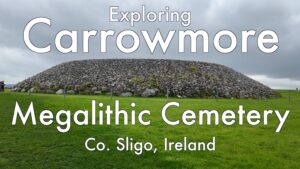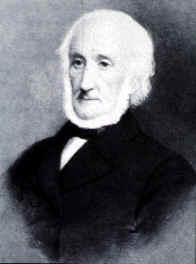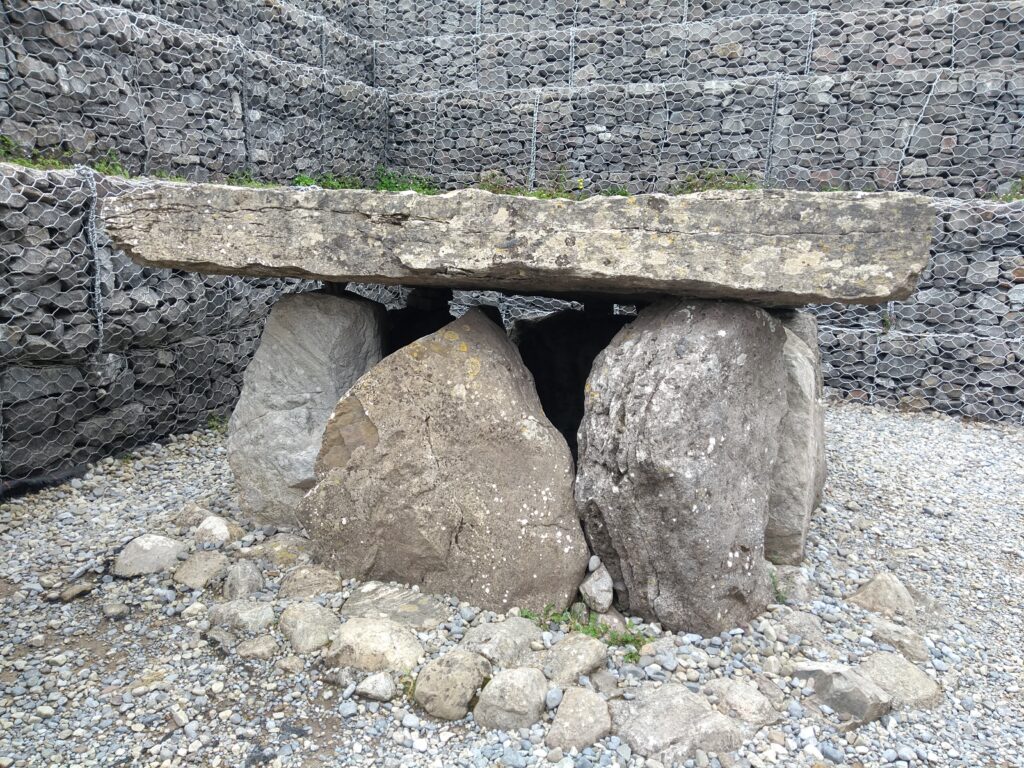Drombeg stone circle (also known as The Druid’s Altar), is one of Ireland’s most-visited megalithic sites. It is a protected Irish National Monument.
Chapters: 00:00 Intro 00:49 3-D View of recumbent stone. 02:46 E.M. Fahy’s schematic drawing of Drombeg excavation 04:42 fulacht fiadh
Drombeg is a small axial stone circle located 2.4 km (1.5 mi) east of Glandore, County Cork, Ireland.
The name Drombeg means small ridge.
The site is strategically situated in atop a small valley with an expansive view of the surrounding area. It overlooks a gentle slope that extends down to the Atlantic ocean to the west.
Archeologist E.M. Fahy excavated and restored Drombeg in 1957-58. Drombeg originally had 17 stones and 13 remain today. The circle is about 9 meters, 31 feet, in diameter.
Fahy replaced two stones during the restoration in the late 1950s. He also removed an area of gravel from the center of the circle and made a startling discovery.
Fahy discovered an inverted pot in the center of the circle containing the cremated remains of an adolescent wrapped with thick cloth.
Near the pot were smashed pottery sherds and sweepings from a pyre. Radiocarbon dating of samples taken from Drombeg revealed it was active c. 1100–800 BCE.
Several surveys of the site were made in the early 20th century and a journal article from 1903 indicated there may have once been a standing stone at the center of the circle, according to the website voicesfromthedawn.com https://voicesfromthedawn.com/drombeg….
Drombeg’s alternate name, the Druid’s Altar, may have originated from local stories the recumbent stone was a sacrificial altar and the circle was built by Druids.
Reputed to be a sacrificial altar, the recumbent stone is darker than the other stones in the circle. It is directly opposite two stones, each more than two meters (7 ft) tall, that appear to frame a ceremonial entrance portal.
The recumbent stone has two cup-marks and what has been interpreted as a depiction of either a stone axe or a human foot.
Although the discovery of the cremated remains lends some credence to the idea that the site may have involved some form of human sacrifice.
However, the circle predates and the radiocarbon dates for the human remains predate the Druids. A guidebook written in the 1990s also invented a narrative for the Drombeg which may have also helped reinforce the idea the site was associated with human sacrifice even though the exact nature of how and why the remains were buried in the circle is unknown.
The Drombeg site also includes another Bronze Age feature, a fulacht fiadh and the remains of two associated stone and wood huts. A fulacht fiadh is a kind of pit that was used for boiling water by means of heated stones.
Excavation by Fahy in 1959 uncovered the foundations of two conjoined circular huts. The huts, one of which was used as a hearth for heating rocks, are linked by a 9 m (30 ft) stone causeway to the fulacht fiadh.
Water in a trough was boiled by dropping in red-hot stones from the adjacent hearth. Evidence form the site suggests the fulacht fiadh was in use until 5th century AD.
The fulacht fiadh at Drombeg is often referred to as a communal cooking pit. The term, fulacht fiadh, has been treanslated by some scholar to mean “cooking place” of deer or game. However, no direct evidence of food or cooking food has been found at the site. A number of alternate uses for the boiling pit have also been suggested ranging from a sweat lodge to being used to prepare hides to make leather to boiling wool.
When Fahy excavated the fulacht fiadh he reportedly conducted experiments demonstrating that he could heat the 265 liters (70 gallons) of water in the trough by adding stones baked three hours in a hearth. The water boiled vigorously after 18 minutes and was hot two hours later.
Buy Me A Coffee: https://www.buymeacoffee.com/rdscallyN
Music: Tomorrow’s Rain – Hushed
How to pronounce fulacht fiadh: • How To Pronounce …
Fulacht fiadh experiment: • Putting the stone…
Fulacht fiadh cooking experiment • Wild Atlantic Way…
Sources: Fahy, E.M. (1959). “A Recumbent-stone Circle at Drombeg, Co. Cork”. Journal of the Cork Historical and Archaeological Society. 2. LXIV: 1–27. Fahy, E.M. “A Hut and Cooking Places at Drombeg, Co. Cork.” Journal of the Cork Historical and Archaeological Society 65 (January-June, 1960): 9-10. Keogh, Jackie (4 January 2017). “New discoveries about Drombeg Stone Circle”. Southern Star. Retrieved 6 January 2017.
Links: https://voicesfromthedawn.com/drombeg…





